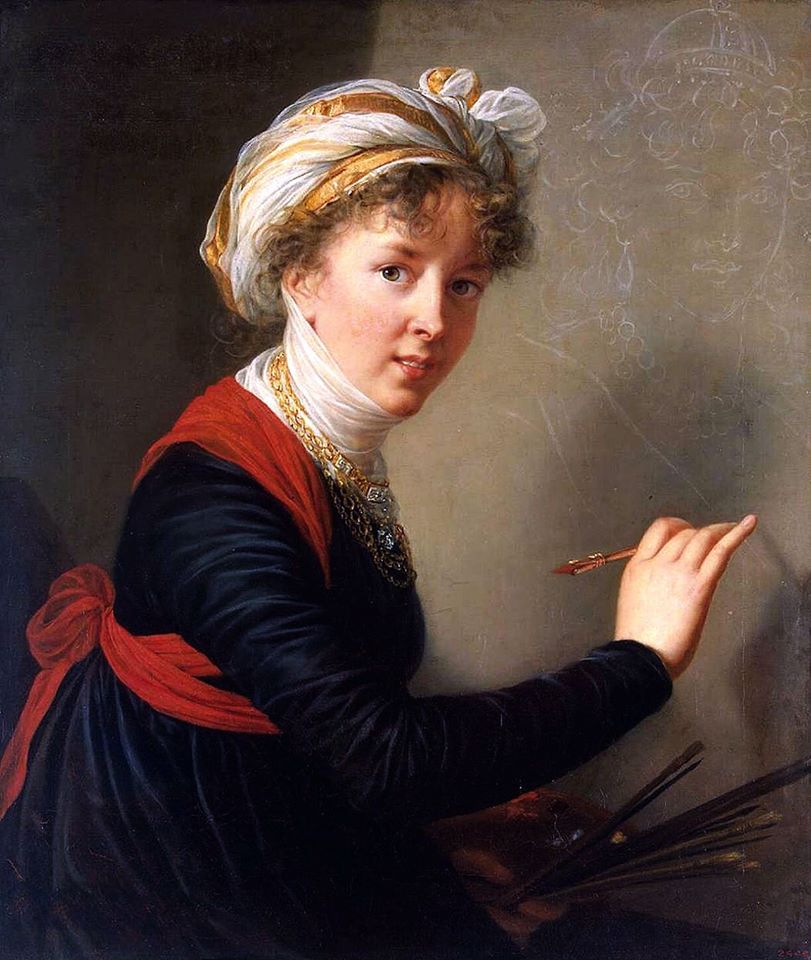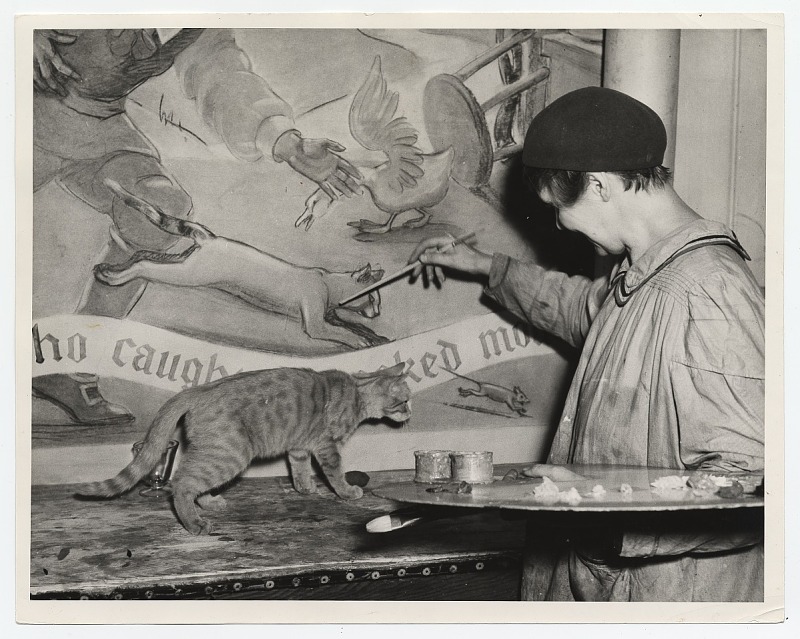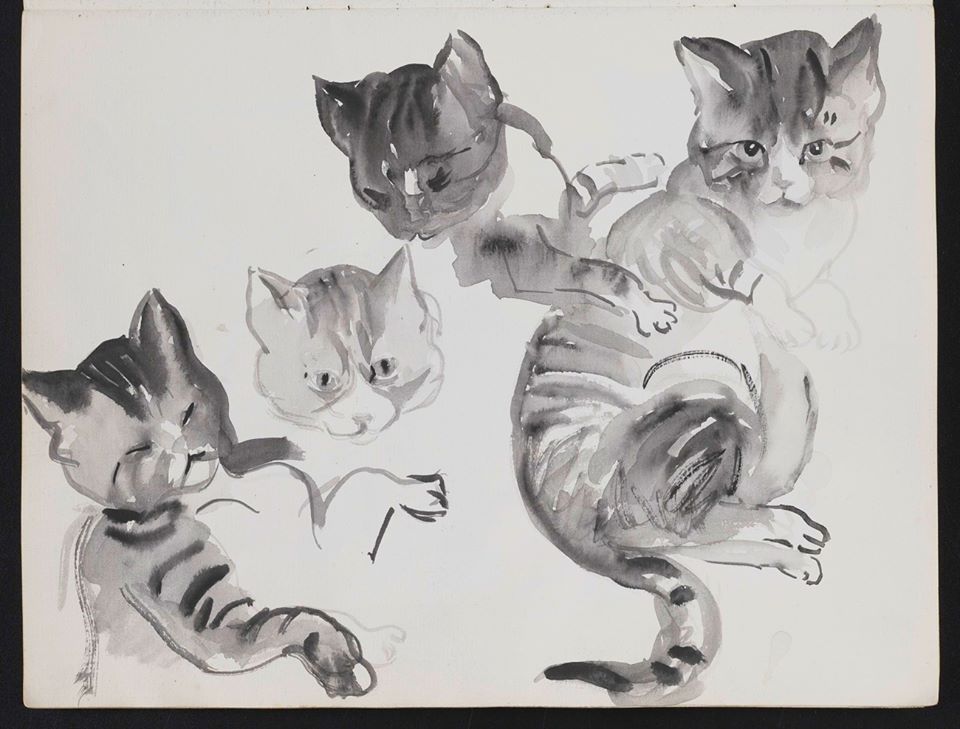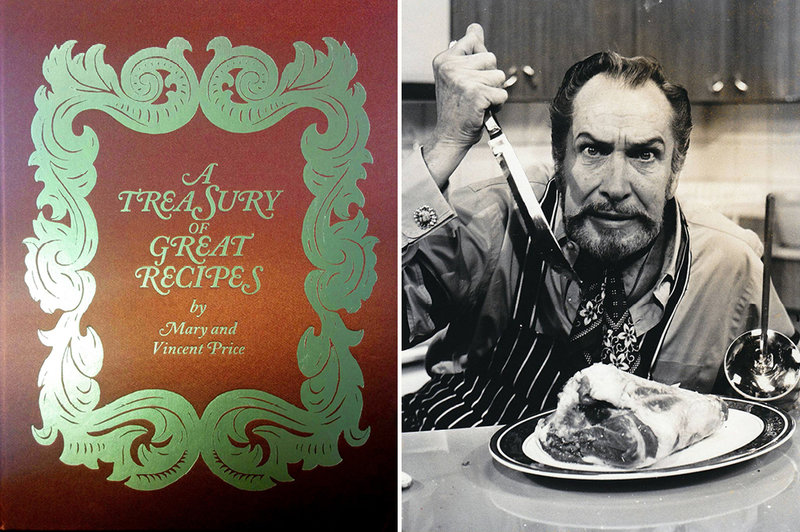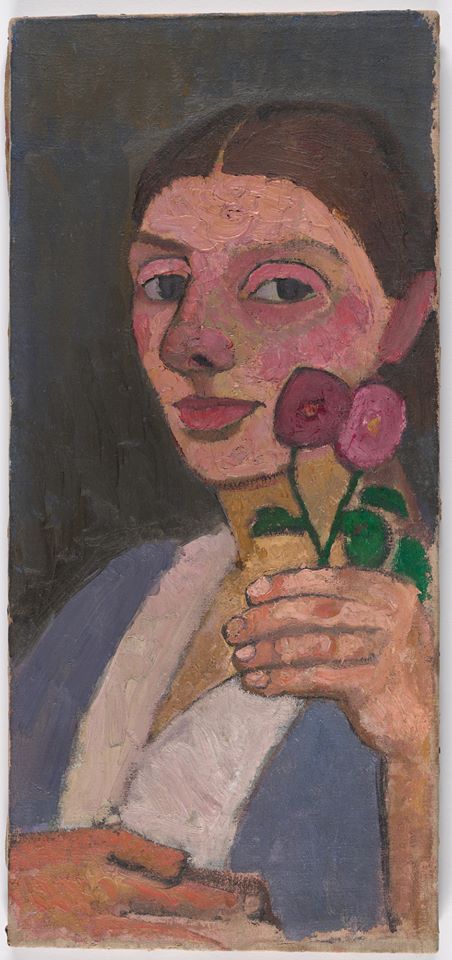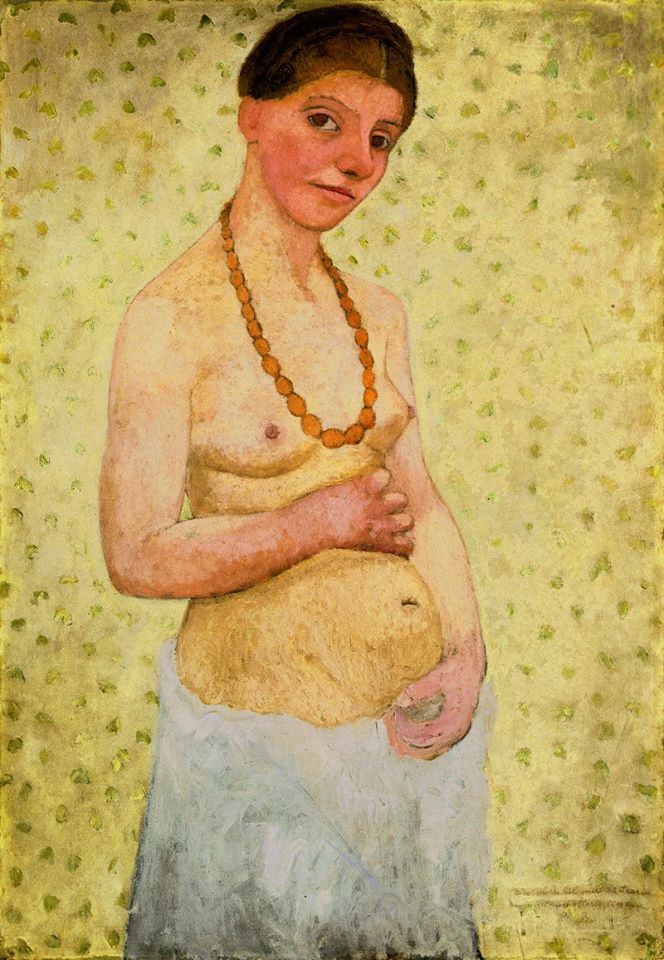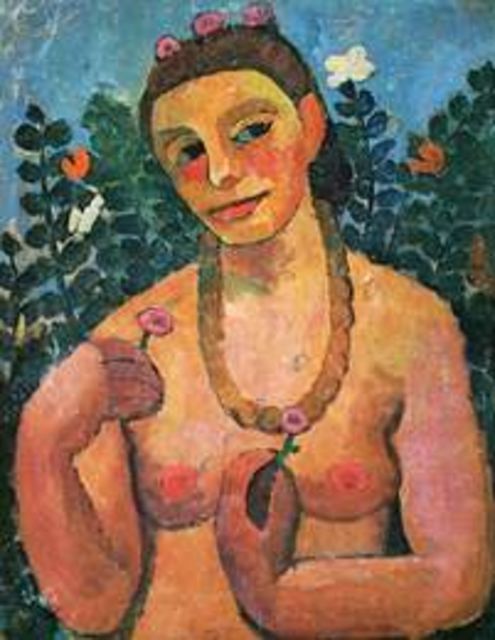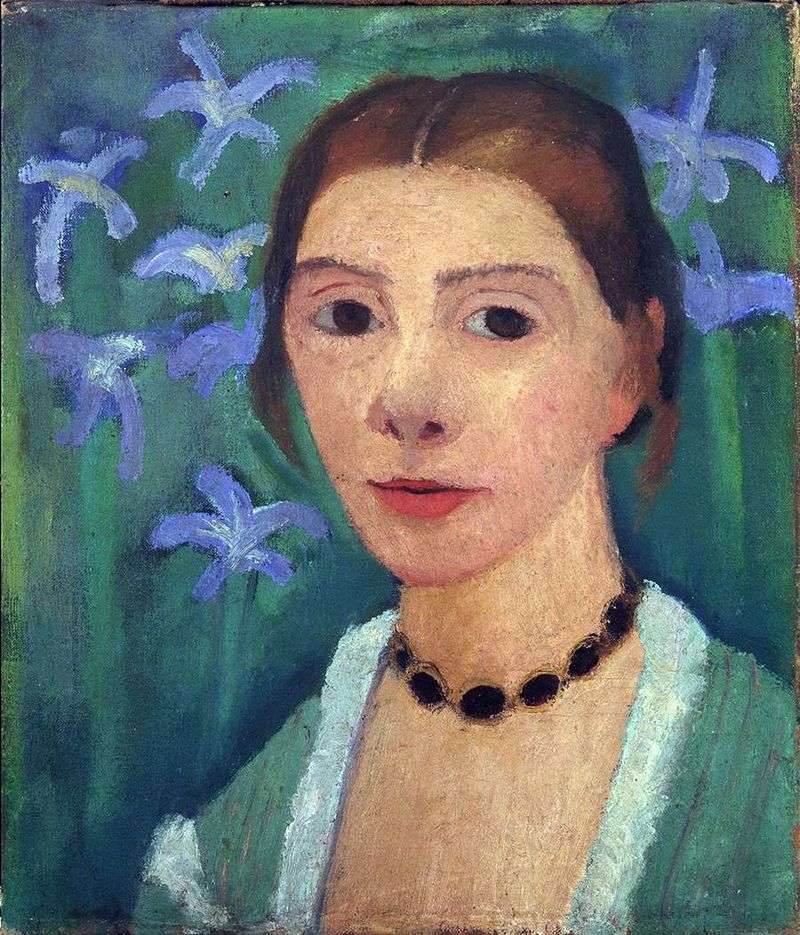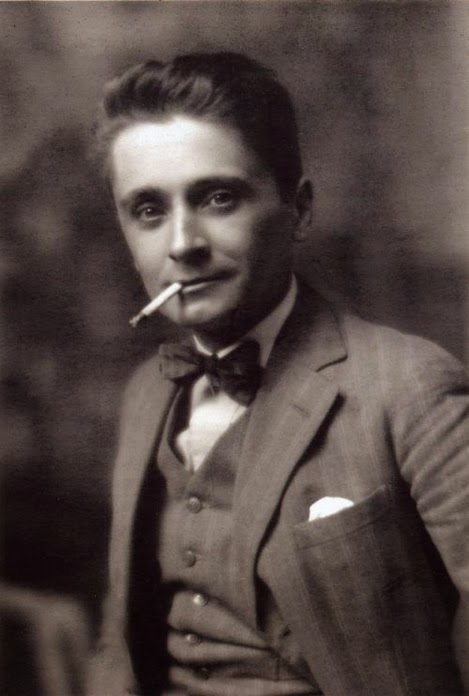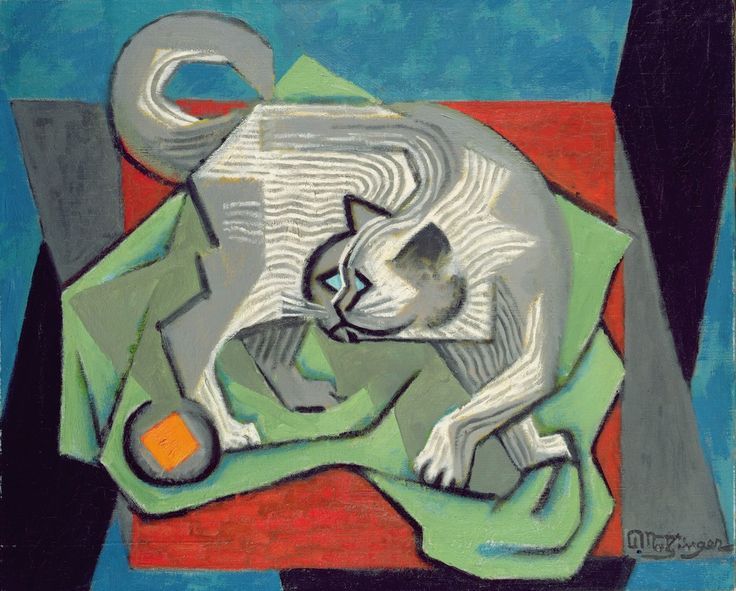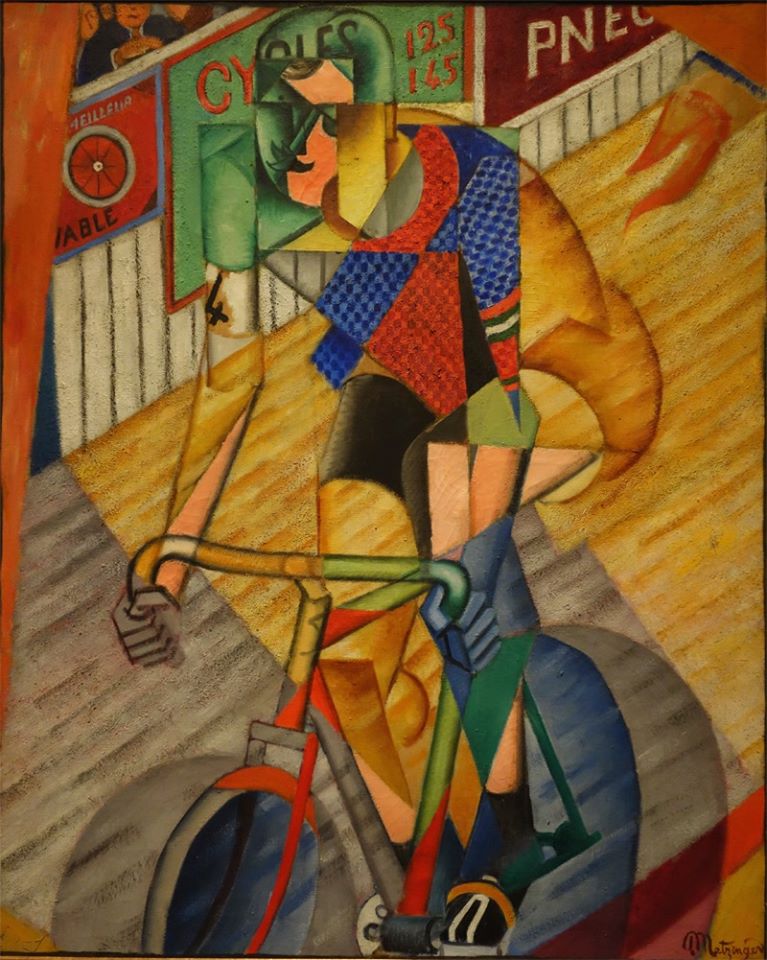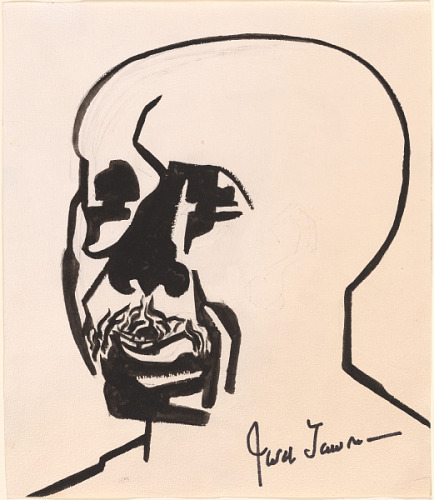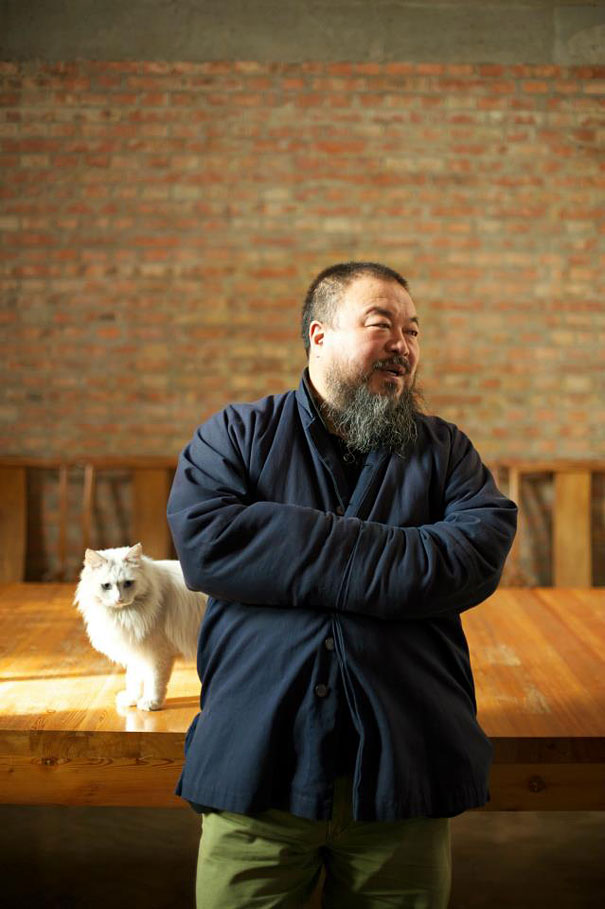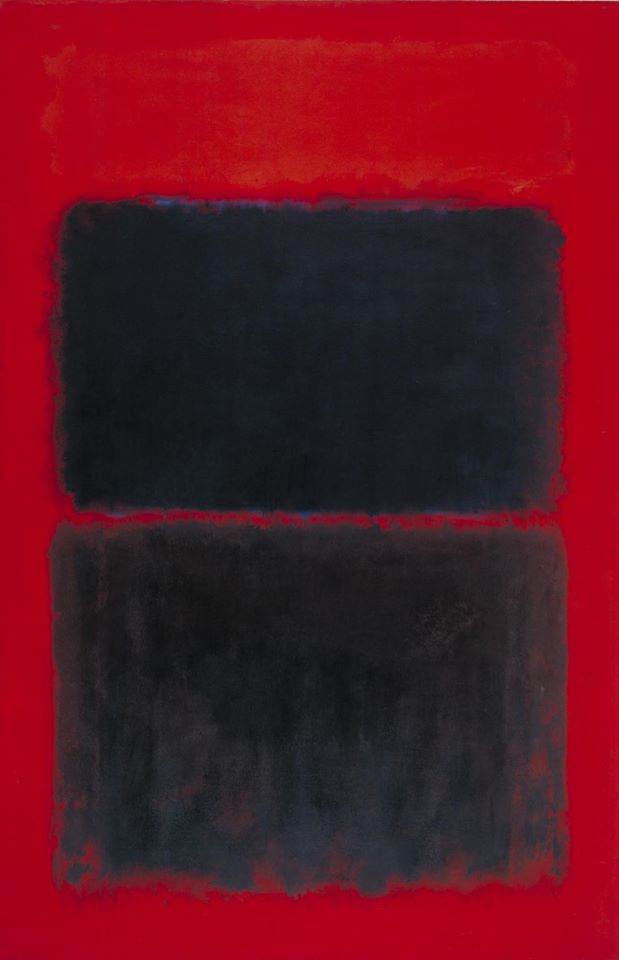Looking for inspiration for your “Portraits of the Pandemic” exhibition submission? What about some inspiration from art history?
Featured Historic Self Portrait: Elizabeth Vigee-LeBrun
French artist Élisabeth Louise Vigée-LeBrun (French, 1755–1842) was best known as Marie Antoinette’s favorite painter for a decade. She also enjoyed the patronage of European aristocrats, actors, and writers and was elected to art academies in ten cities.
Trained by her portrait painter father, Vigée-LeBrun demonstrated a gift for the arts at an early age. By age 15 she was earning enough money to support her widowed mother and siblings. At 21 she married Jean-Baptiste-Pierre LeBrun, a painter and art dealer who helped her gain valuable access to the art world.
By the 1770s, she was taking clients. By 1783, she had claimed one of the four seats reserved for women at the Academy, due to direct intervention from Queen Marie Antoinette, her most famous subject, and King Louis XVI. Because of her high-profile relationship with Marie Antoinette she was forced to flee the country at the time of the French Revolution.
Image was vital to Vigée Le Brun’s promotion as an artist, and her self-portraits are a skillful combination of fine art and advertising. They depict a self-confident artist who is aware and worthy of the tradition of the Old Masters.

Feeling inspired? For information on how to submit your self-portrait, click the link below:

